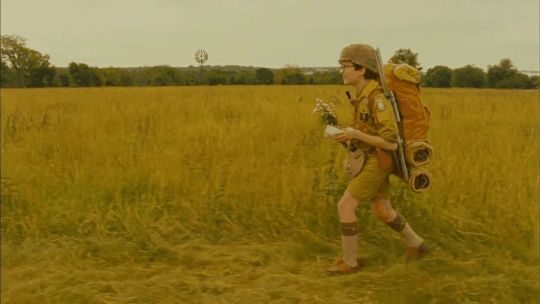Pan :
When you pan, you’re moving your camera from left to right or vice versa, all while keeping the camera’s base fixated on a certain point. Though you’re not moving the camera, you’re changing the direction it’s facing and capturing a panoramic view. This movement uses a continuous shot to show the audience what you can’t fit in a single frame. Panning can help you establish the location of a scene or let you follow a moving character. Panning can also help you reveal things that were previously off-screen. For example, if there’s an uninvited guest in a party scene, you can build up the tension while you pan to reveal their presence as opposed to using a fast cut.

zoom:
Zooming is used to focus on a certain area in the frame and is commonly used to go from a long shot to a close-up of the subject you’re filming. It also lets you zoom out and move farther away from a subject in a shot. There are several ways to use this camera movement creatively, such as zooming in on a fast-moving scene to add more drama and energy or zooming in on a character’s face to emphasize a humorous expression or look of terror. It’s important to use this movement sparingly to minimize distraction or overuse.

Tracking (steadicam):
With this camera movement, you’re moving the camera toward or away from a subject, often by placing it on a track or motorized vehicle. When you “dolly in,” the camera moves toward the subject, whereas when you “dolly out,” the camera moves backward and away from the subject. Placing it on a stable track can help you move the camera with a fluid range of motion. This type of camera movement is often used to focus on a character when they’re lost in thought or when they’ve come to a sudden realization.

